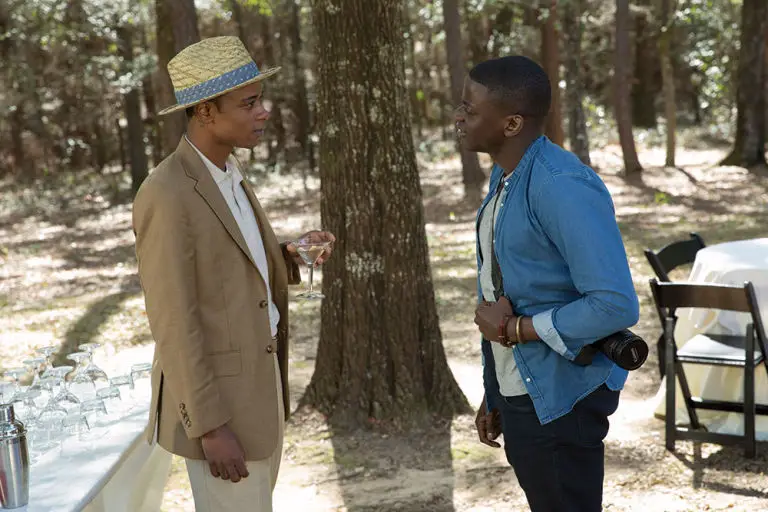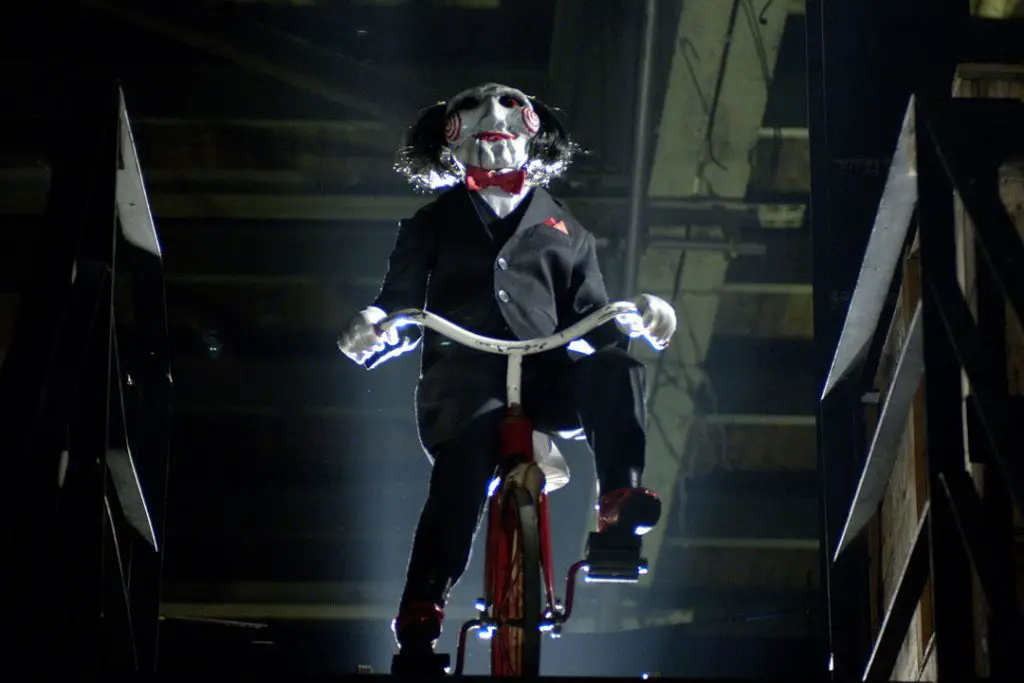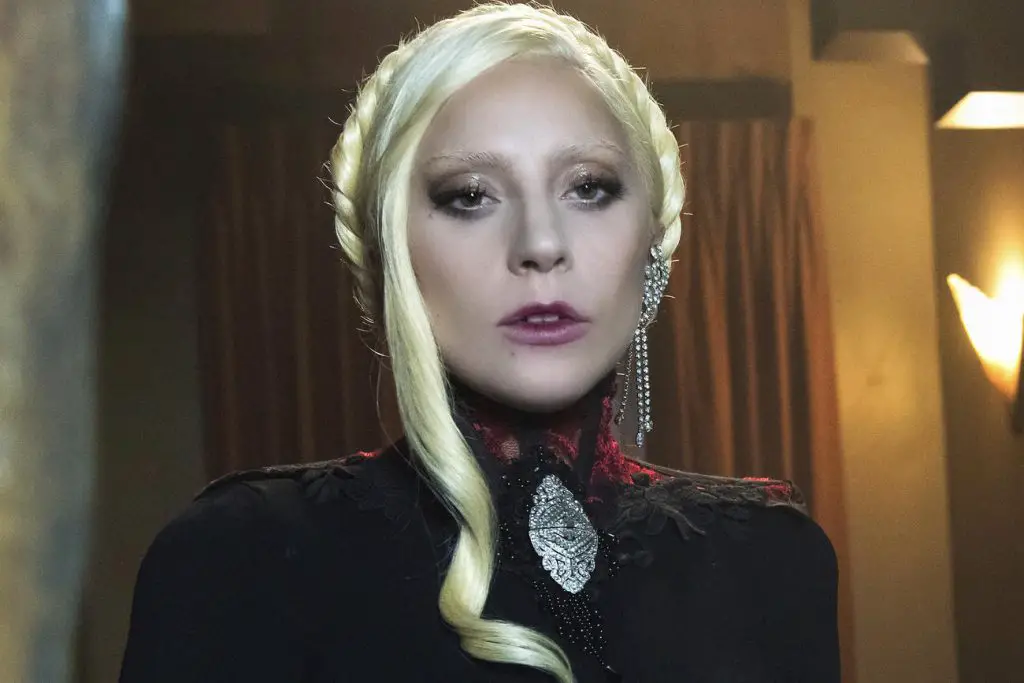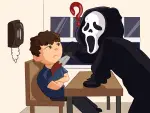When it comes to horror movies, most of the apples in the bushel are rotten to the core.
There are many classics such as “Scream” and “The Shining,” but they have something in common—they make you think. Horror movies pick at the most vulnerable places of human existence. Fear manifests itself in many ways, so there should be many great horror flicks out there.
But the truth is, it’s hard to find a horror movie that isn’t just using jump scares or gore to incite fear. There’s true potential to testing what goes bump in the night, but films are just barely scratching the surface. This isn’t a dig at horror movies that aren’t deep. I don’t think movies have to possess a certain level of philosophical charge to be successful. Movies outside the horror genre rely on aesthetic and tradition all the time.

But, with Jordan Peele’s recent “Get Out,” viewers are beginning to see just how relevant horror movies can be, especially in such an uncertain political landscape. Below are four failings that horror movies today have a hard time escaping.
1. Gratuitous Gore
Some movies just make you sick. Usually the stomach-churning doesn’t even involve a real plot. Gore is fine for gore’s sake, but when you expect your movie to ride on grisly scenes rather than the characters or story, there are going to be some issues.
Movies like the “Saw” franchise rely on this excessive violence, but what does it really mean? Humanity is pretty messed up, but even depictions of violence get boring without a basis. For example, in the Korean film “Train to Busan,” the inclusion of gore isn’t totally pointless and for show. Instead, it shows the brutality of a zombie attack contained in a train. As a viewer, you get to know the characters and their moral compasses. You don’t want them to just die because they’re annoying.

Not to mention, there are other ways to create a visceral reaction without straight-up blood and guts. Fear of the dark, certain phobias, the inevitability of time and fear of losing loved ones are great themes to explore. And when it comes to visuals, you can create some spine-chilling images without cutting anyone up.
Even though “The Blair Witch Project” gets a lot of flak for being vague, it seriously freaked people out just because they thought the events were true. You don’t get to see much, but the found-footage quality still gives me the creeps.
2. Stupid Characters
This one is a pretty common trope in horror films. Even the protagonist, the one people are supposed to root for, is too idiotic to sympathize with. They dive head-first into situations, either trying to play the hero or just lacking common sense in general.
People are flawed, but some horror movie mistakes are a stretch. Don’t go into creepy houses, don’t let your guard down when there’s a killer on the loose and certainly don’t underestimate the power of double-checking if the monster is actually dead before you celebrate victory. Teenagers are especially vulnerable, but I suspect it’s because of how people tend to view young adults as incompetent. Would they really be so careless, or is it just a product of bad writing?
At least give me a reason for a character’s stupid mistake. Being thrust into a zombie apocalypse isn’t something a normal person is ready for, so they’re bound to slip up. But, that doesn’t mean you should abandon all basic survival instincts. The zombie genre is more relevant now than ever, so I would assume the people in films have seen an undead flick or two.
3. A New Take on Horror
Movies like “Get Out” have pushed the meaning of horror onto a new level. Rather than shocking audiences with nausea-inducing scenes or giving them nightmares for days, horror movies could potentially open doors for deeper conversations.
I’m not saying every horror movie needs to be deep, but putting relevant fears into movies is a great way to address things like systemic racism or nuclear warfare. “It” relies on the fear of child abduction, which targets the most vulnerable people in society. Even something as simple as actual human serial killers can be a compelling concept.
And when it comes to movies with zombies or other monsters, it would be nice to see an actual story every once in a while. “The Walking Dead,” though not entirely perfect either, keeps up an ongoing story. Of course, it’s easier to do this with television shows because there’s way more time and the chance for multiple seasons. And even so, horror shows still flunk when it comes to telling an actual story.

For example, “American Horror Story” was extremely popular for the first three seasons, but eventually the sensationalism took over. The first three seasons had plenty of gore and controversial scenes, but soon, that’s all the show was. Now, each season is just a test against the previous. But, these horrendous scenes and characters are ultimately forgettable.
4. Fun and Games
Horror for horror’s sake is great and all, but eventually people want more substance. Even certain slasher films, such as “Nightmare on Elm Street,” have an underlying plot. Nightmares are terrifying. And even though it’s pretty campy, the franchise holds up after decades. The horror genre doesn’t have to be reduced to a joke, unless the joke is how cliché horror movies can be. Satirical horror encompasses the fun parts of horror movies, while also critiquing the overused and outdated bits.
Films could take some inspiration from other mediums as well, such as comics or video games. Junji Ito, a Japanese manga artist, creates visually appealing stories that still give you nightmares. He usually doesn’t rely on any deep moral reasoning, which shows you can scare people through a vivid imagination and unsettling imagery.
So, while jump scares and excessive gore can create a reaction in the moment, it doesn’t mean that the films will impact viewers in the long run. Most popular movie genres have conventions that should be tested, but the horror genre usually suffers the most from creators’ lack of ingenuity. As they evolve, hopefully horror movies will integrate more of what actually horrifies people and not just what makes their stomach turn.


















[…] This great article, by Ashley Wertz at the University of Pittsburgh, talks about four failings that horror movies today have a hard time escaping: […]